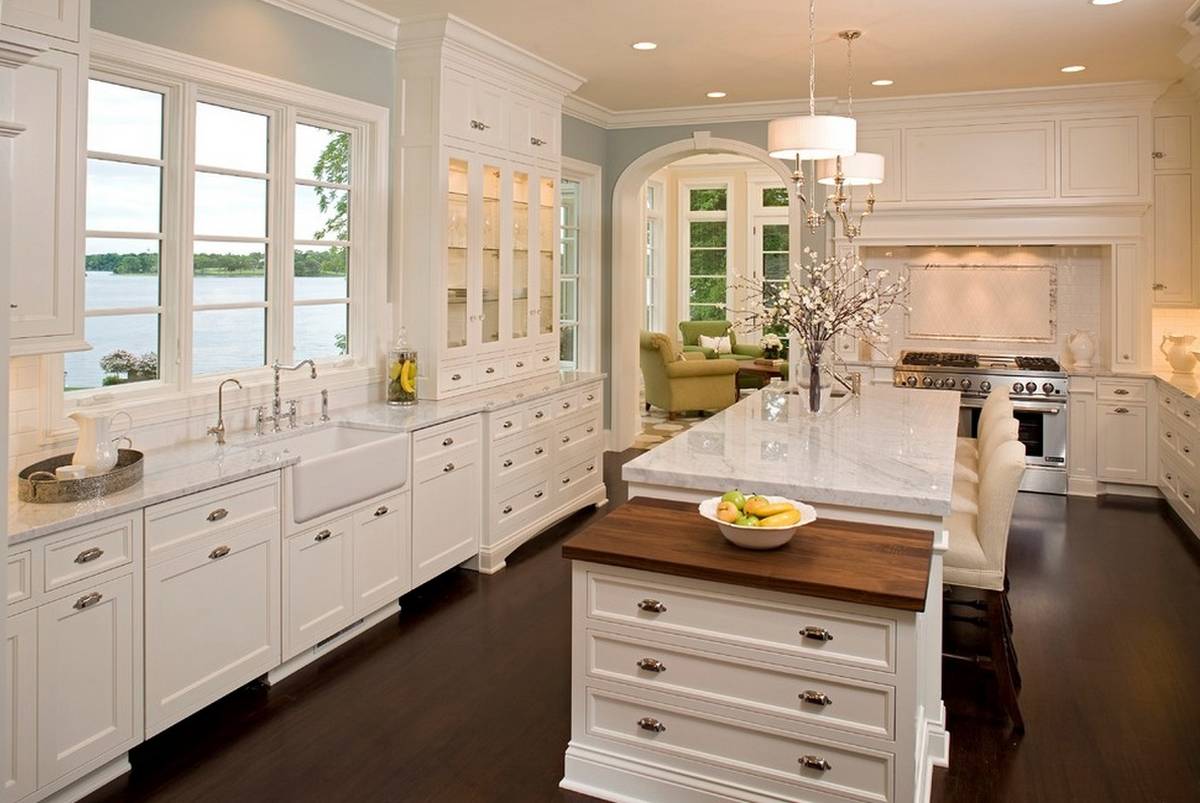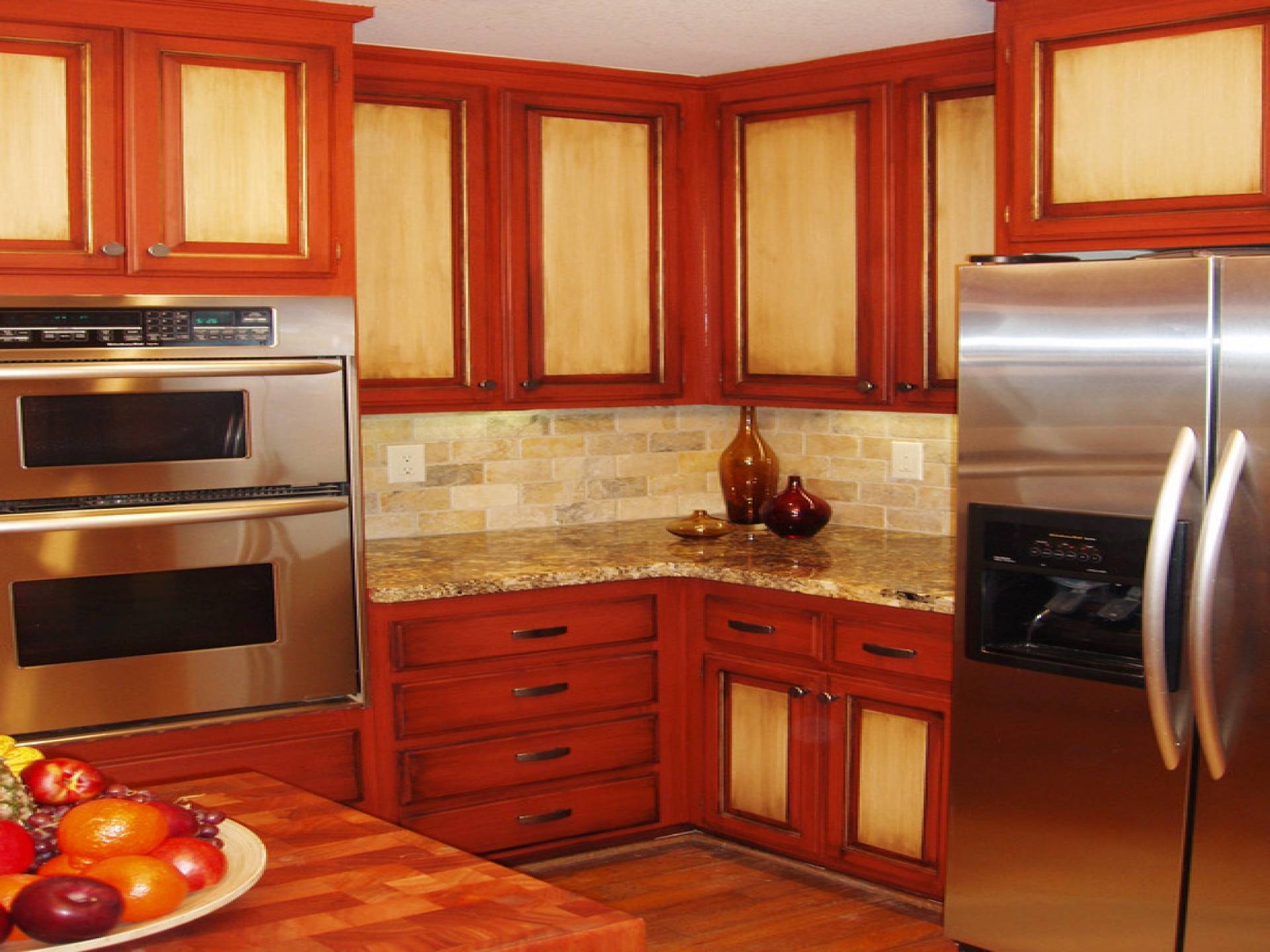Cabinet Painting Techniques

Transforming your cabinets with a fresh coat of paint can dramatically enhance the look and feel of your kitchen or bathroom. Choosing the right paint and employing proper techniques are crucial for achieving a durable and aesthetically pleasing finish.
Paint Types for Cabinets
Selecting the appropriate paint is essential for a successful cabinet painting project. Each type of paint offers distinct advantages and disadvantages, influencing the final result.
- Oil-based paints are known for their durability and resistance to moisture and stains. They dry slowly, allowing for more time to correct imperfections. However, oil-based paints emit strong fumes and require mineral spirits for cleanup, making them less user-friendly.
- Latex paints are water-based, making them easier to clean up and less odorous. They dry quickly and are less likely to yellow over time. While they are generally less durable than oil-based paints, advancements in latex technology have produced high-quality options suitable for cabinet painting.
- Chalk paint offers a unique matte finish and provides excellent adhesion to various surfaces, including cabinets. It can be applied directly to existing finishes, eliminating the need for extensive sanding. Chalk paint is known for its ability to create a distressed or vintage look. However, it requires a sealant for durability and protection against stains.
Preparing Cabinets for Painting
Thorough preparation is key to achieving a smooth and long-lasting finish. This process involves several steps, each contributing to the final outcome.
- Cleaning: Start by cleaning the cabinet surfaces with a mild detergent and warm water. Remove any grease, dirt, or grime that may interfere with paint adhesion.
- Sanding: Sanding the cabinets helps create a smooth surface and improves paint adhesion. Use fine-grit sandpaper (120-180 grit) to remove any imperfections, gloss, or previous finishes.
- Priming: Applying a primer is essential for a smooth, even paint finish. It helps seal the surface, preventing the underlying wood from bleeding through the paint. Choose a primer compatible with the paint you plan to use.
Tools and Materials
Having the right tools and materials on hand ensures a smooth and efficient painting process.
| Tools | Materials |
|---|---|
| Paintbrushes | Paint (oil-based, latex, or chalk) |
| Paint rollers | Primer |
| Sandpaper (fine-grit) | Painter’s tape |
| Drop cloths | Cleaning cloths |
| Putty knife | Mineral spirits (for oil-based paint) |
| Screwdriver | Safety glasses |
| Measuring tape | Gloves |
Tips and Tricks for a Smooth Finish
Achieving a smooth and even finish on cabinet surfaces requires careful attention to detail and technique.
- Thin paint: Thinning the paint slightly with a paint thinner or water (depending on the type of paint) can improve its flow and create a smoother finish.
- Use a good brush: Invest in high-quality paintbrushes with synthetic bristles, suitable for the type of paint you are using. These brushes will help create smooth, even strokes and minimize brush marks.
- Avoid overloading the brush: Load the brush with a small amount of paint, ensuring the bristles are evenly coated.
- Apply thin coats: Apply thin, even coats of paint, allowing each coat to dry completely before applying the next.
- Sand lightly between coats: Lightly sand the surface between coats using fine-grit sandpaper to create a smooth, even finish.
- Clean up: Clean brushes and rollers thoroughly after each use, using the appropriate solvent for the paint type.
Cabinet Painting Styles and Ideas

Transforming your cabinets with paint is a fantastic way to revitalize your kitchen, bathroom, or bedroom. Whether you desire a classic look or a modern twist, there are numerous styles and techniques to achieve your vision.
Popular Cabinet Painting Styles
Choosing the right style for your cabinets is the first step towards creating a unique and personalized look. Popular styles include distressed, glazed, and two-tone finishes.
- Distressed Finish: This style, achieved through sanding, creates an aged and rustic appearance. It is often used to complement farmhouse or vintage aesthetics.
Distressed cabinets often have a light layer of paint applied over a darker base, followed by sanding to reveal the underlying color and create a worn look.
- Glazed Finish: Glazing adds depth and dimension to painted cabinets, enhancing the color and creating a subtle sheen.
Glaze is a translucent paint mixture applied over the base coat, allowing the underlying color to show through. It can be used to create a variety of effects, from subtle highlights to dramatic shadows.
- Two-Tone Finish: This modern approach involves painting the cabinet doors and drawers in two contrasting colors, adding a bold statement to your space.
Two-tone finishes are often used to create a visually interesting focal point, such as painting the cabinet doors in a darker color than the surrounding cabinetry.
Creating Different Paint Effects, Inside of cabinets painted
Once you’ve selected a style, explore various paint techniques to enhance the visual appeal of your cabinets. These techniques include color washes, dry brushing, and stenciling.
- Color Washes: This technique involves diluting paint with water or a glaze medium to create a translucent effect.
Color washes are often used to create a soft, ethereal look, especially when applied over a base coat of a contrasting color.
- Dry Brushing: This technique involves using a dry brush with minimal paint to create a subtle texture and highlight the underlying color.
Dry brushing is often used to create a distressed or aged look, especially when applied to areas that would naturally receive more wear and tear.
- Stencilling: Stencils offer a way to add intricate designs and patterns to painted cabinets.
Stencilling can be used to create a variety of effects, from simple geometric patterns to elaborate floral designs.
Cabinet Painting Considerations: Inside Of Cabinets Painted

Painting cabinets is a great way to refresh your kitchen or bathroom, but there are a few important considerations to keep in mind before you start. From choosing the right color to protecting your furniture and floors, there are a number of steps you can take to ensure a successful project.
Choosing the Right Color Palette
The color of your cabinets can have a big impact on the overall feel of your room. Consider the size of the room, the amount of natural light it receives, and your personal preferences.
- For small rooms, light colors can help to make the space feel larger. Light colors reflect light, making the room feel more open and airy. For example, white cabinets can make a small kitchen feel more spacious.
- Darker colors can make a room feel smaller, but they can also create a more dramatic and sophisticated look. Dark colors absorb light, making the room feel more intimate. For example, navy blue cabinets can create a more dramatic and sophisticated look in a large kitchen.
- Consider the amount of natural light the room receives. Rooms with a lot of natural light can handle darker colors, while rooms with less natural light may benefit from lighter colors. For example, a kitchen with large windows can handle dark cabinets, while a kitchen with small windows may look better with lighter cabinets.
- Ultimately, the best way to choose a color is to experiment with different options. Paint samples on your cabinets or on a piece of cardboard and observe how the color looks in different lighting conditions.
Ventilation and Safety Precautions
Painting cabinets can involve the use of chemicals that can be harmful if not handled properly.
- Always work in a well-ventilated area. Open windows and doors to allow fresh air to circulate. This will help to prevent the buildup of fumes, which can cause headaches, dizziness, and nausea.
- Wear a respirator mask to protect yourself from inhaling paint fumes.
- Wear gloves to protect your hands from paint and chemicals.
- Avoid contact with eyes, skin, and clothing.
- Keep paint and other materials out of reach of children and pets.
Protecting Furniture and Floors
It’s important to protect your furniture and floors from paint splatters and spills.
- Cover furniture and floors with drop cloths or plastic sheeting.
- Use painter’s tape to protect areas you don’t want to paint, such as trim, walls, and countertops.
- Remove any items from the room that you don’t want to get paint on.
Maintaining and Caring for Painted Cabinets
Once your cabinets are painted, you’ll need to take steps to maintain and care for them.
- Clean painted cabinets with a damp cloth and mild soap. Avoid using harsh cleaners or abrasives, as these can damage the paint finish.
- To remove stubborn stains, use a non-abrasive cleaner, such as a baking soda paste.
- Touch up any scratches or chips in the paint with a small brush and matching paint.
Troubleshooting Common Problems
Even with careful planning and execution, you may encounter some problems during the cabinet painting process.
- Uneven finishes can be caused by applying too much paint, not using enough coats, or not sanding between coats.
- Paint drips can be caused by applying too much paint, not using a brush or roller with the right amount of paint, or not letting the paint dry completely between coats.
- To fix uneven finishes, sand the area lightly and apply another coat of paint.
- To fix paint drips, use a putty knife to scrape off the excess paint.
Inside of cabinets painted – A coat of vibrant paint can instantly transform the inside of cabinets, turning them into a canvas for creativity. For a single-door wardrobe cabinet, consider a calming shade of blue to create a serene space for your clothes, as described in this single door wardrobe cabinet guide.
This simple trick not only adds a touch of personality but also makes it easier to locate your favorite items amidst the organized chaos of your wardrobe.
A fresh coat of paint can breathe new life into the insides of your cabinets, but if the doors themselves are worn or outdated, it might be time for a more dramatic transformation. Consider cabinet door replacement in Henderson, NV to give your kitchen a complete makeover.
With new doors, you can create a cohesive look that complements your painted interiors, bringing a touch of elegance and functionality to your space.
